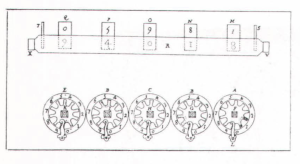
JD Vance last month dressed down the Euros at Grand Palis AI Summit. Here, an old tech hand reckons with memories of AI policy efforts. Sees surprising devolution.
By Jack Vaughan
Booted footsteps in the hall at night. Coming closer as in an old radio drama — but real. The steps still resound in corners of Europe. Where some memories of oppression are hard-wired.
The bootsteps might be KGB, Gestapo or Stasi. These were secret police, compiling dossiers and worse. The US has had its secret agencies tracking its citizens. [Read more…] about VP Vance runs AI scrimmage – takes on EU bureaucrats


 Noting the passing in May of Neil Raden, who was one of the most unforgettable characters I ever met in my computer trade press days. His death came after a long illness, progress of which he shared with the tech communities in which he’d long been a notable voice.
Noting the passing in May of Neil Raden, who was one of the most unforgettable characters I ever met in my computer trade press days. His death came after a long illness, progress of which he shared with the tech communities in which he’d long been a notable voice.


